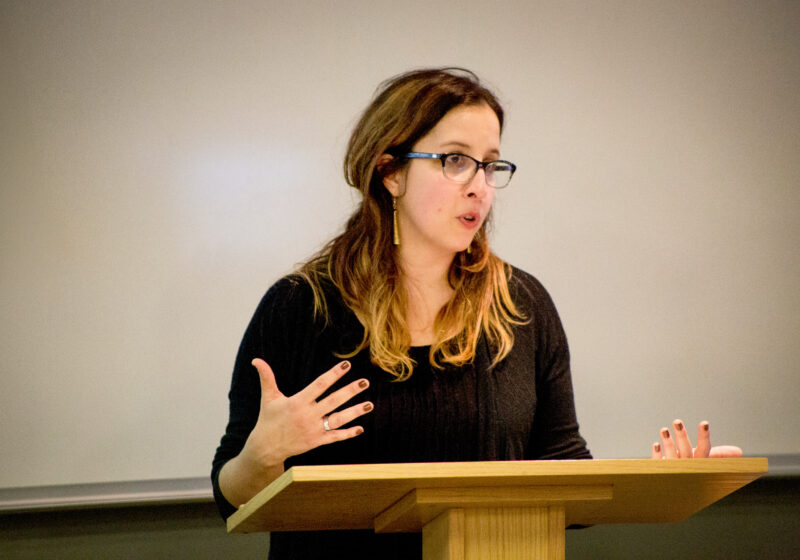In 1984, after over a decade of wishy-washy legislation, Congress passed the National Minimum Drinking Age Act (NMDAA), which imposed a 10 percent federal highway appropriation penalty on any state setting its minimum legal drinking age (MLDA) lower than 21. Prior to the NMDAA, states had a minimum drinking age of 21, with most lowering it to 18 between 1970 and 1975 when the national voting age was also lowered to 18.
Technically, the drinking age is left up to the discretion of individual states, as per the 10th Amendment, but the large federal funding penalty essentially stifles debate. Since the NMDAA, discussion has been led by just a few organizations, notably the Amethyst Initiative which, according to their website, claims that “our experience as college and university presidents convinces us that [an MLDA of] 21 is not working.” Currently, peer institutions like Dartmouth College, Duke University, Johns Hopkins University, Tufts University, and Middlebury College, among others, have signed the pledge “to support an informed and dispassionate public debate over the effects of the 21 year-old drinking age” — and for good reason.
A vast majority of Western Europe sets the MLDA at or below 18, and the average worldwide drinking age is 15.9-years old, making the US an anomaly as one of only eight countries to implement a 21-or-over MLDA policy. So what’s the rationale?
Drunk driving was an integral argument for the NMDAA, and it’s still central to the arguments defending it. It’s frequently touted that since 1984 fatal motor vehicle accidents have decreased, alluding to a relationship with the drinking age. In actuality, fatal car collisions have decreased steadily since 1920, with no significant drop during the 1980s. Additionally, right around the time of the drinking age policy change, seat belts were more consistently installed, with New York State coincidentally mandating them in 1984, which was the same year the NMDAA was passed. Driver side air bags also become mandatory on all vehicles in 1995.
It’s easy to jump to conclusions based only on faulty arguments of correlation — especially with sensitive subjects — but it’s time to look beyond these claims and hold a more productive discussion. In fact, in many countries with a MLDA of 18, there are fewer drunk driving traffic accidents. There is little evidence to suggest that a reduced MLDA causes social harm.
On an individual level, alcohol is less harmful than tobacco when not consumed in excess. Why the tighter regulation for alcohol than tobacco? Granted, binge drinking can lead to extremely dangerous circumstances, but the way to curtail that is not to drive it underground, but to educate — especially on college campuses. Research clearly points to the debilitating effects of underage binge drinking, but we’re in no way condoning binge drinking or even abolishing the drinking age, just lowering it to a more reasonable standard. If college campuses were legally able to promote open, productive conversations about alcohol, problems can be stopped before they start.
The bottom line is that when it comes to alcohol, everyone needs to be personally responsible — whether 18, 21, or 50. There are few negative externalities and it’s up to capable individuals to make their own choices. For almost everything else, we’ve decided that 18 is the legal age to make your own decisions. You can choose to smoke, choose the president, choose to sign legal documents, or choose to go to war. There’s no reason why alcohol should be any different. This is about safety, individual responsibility, and constructive conversations, and we encourage President Seligman to take a serious look at the Amethyst Initiative and consider adding UR to the growing list of institutions looking for a policy solution to the problem of underage drinking.



